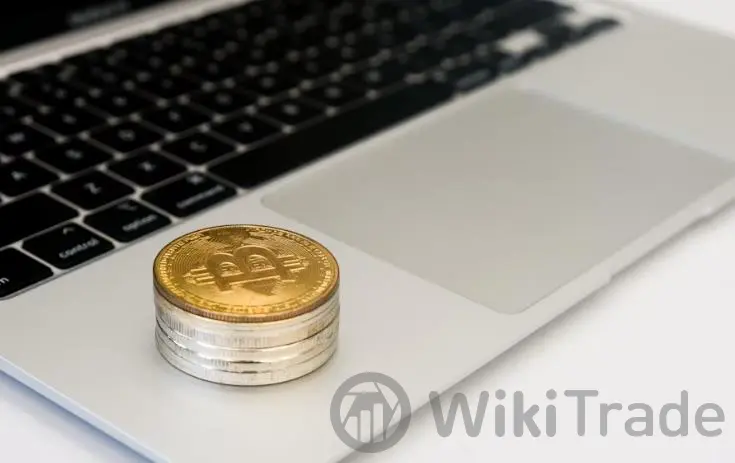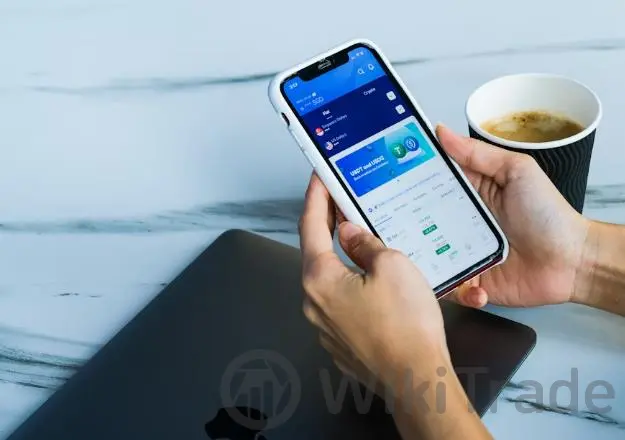NFT drops calendar: what should I know?
Abstract: Welcome to the world of NFTs! If you're a collector, artist, or just curious about digital art, our NFT drops calendar is your go-to tool for staying updated on the latest and greatest in the NFT space. Here's what you need to know about NFT drops and how to make the most of our calendar.
NFT Drops Calendar Overview
Our NFT Drops Calendar is your go-to resource for upcoming NFT releases. Here's what it offers:
Date and Time: Pinpoint the exact moments when NFTs are released, crucial for anticipated events.
Platform or Project: We list popular platforms like OpenSea, Rarible, and Foundation, where each NFT is associated.
Artist or Collection: Uncover the creators behind the NFTs, allowing you to follow favorites or discover new talent.
Type of NFT: Identify whether the NFT is digital art, a collectible, or another form.
Edition Size and Pricing: Understand availability and cost to plan your budget and assess rarity.
Links and Access Information: Direct access to platforms hosting the drops for convenient acquisition.

Benefits of Using an NFT Drops Calendar
Centralized Information: One-stop shop for all information, eliminating the need to check multiple sources.
Planning and Preparation: Set reminders and organize finances in anticipation of drops.
Community Engagement: Participate in events, meet artists, and engage with the NFT community.
Discovering New Artists and Projects: Broaden your horizons with new creators and innovative projects.

NFT Drops vs. NFT Calendars
NFT Drops Calendar: Focuses on specific releases with detailed drop information.
NFT Calendar: Covers a wider range of NFT-related events and activities.

Investing in NFTs
Understanding the dynamic NFT market is essential, where digital assets are traded as unique tokens on blockchains.

Upcoming NFT Drops
The NFT landscape is constantly evolving, with upcoming drops featuring:
Artistic Exploration: Diverse art forms and innovative expressions.
Cultural Impact: Collaborations among artists, musicians, and brands.
Utility and Interactivity: NFTs offering event access or content unlock.
Technological Advancements: Platforms becoming faster, cheaper, and more sustainable.

Sol Drops and NFT Radar
Sol Drops: A curated NFT drops platform on the Solana blockchain, known for speed and low fees.
NFT Radar: Tracks upcoming NFT drops across various marketplaces.

New NFT Games
Illuvium: A decentralized RPG with NFT characters and assets.
Axie Infinity: A play-to-earn game where you breed and battle Axies.
The Sandbox: Create and monetize your own gaming experiences.
Splinterlands: A digital card game with NFT cards.
Gods Unchained: A blockchain-based trading card game.
CryptoBlades: An RPG featuring NFT characters and weapons.

Minting Your Own NFT
To convert your digital creation into an NFT:
Choose a blockchain platform, such as Ethereum.
Set up a compatible wallet.
Acquire cryptocurrency for gas fees and purchases.
Select an NFT creation tool and prepare your content.
Mint your NFT by uploading and setting metadata.
List and promote your NFT to attract buyers.
Manage your NFTs and engage with the community.
-

Why Sell NFTs?
Selling NFTs offers:
Establishing digital ownership and authenticity.
Monetizing creativity directly.
Investing in a potentially lucrative market.
Engaging with a community of collectors and creators.
Integrating NFTs into various industries for utility.
Advancing creative expression.

Why Sell NFTs?
Selling NFTs offers:
Establishing digital ownership and authenticity.
Monetizing creativity directly.
Investing in a potentially lucrative market.
Engaging with a community of collectors and creators.
Integrating NFTs into various industries for utility.
Advancing creative expression.

FAQS
Bitcoin NFTs: NFTs on Bitcoin-based blockchains, combining Bitcoin's security with NFT uniqueness.
Buying NFT Art: Involves choosing a platform, setting up a wallet, browsing, and purchasing through your wallet.
Cool NFT Projects: Explore projects in digital art, gaming, collectibles, and media.
Scams in NFT Trading: Be vigilant against fake projects, phishing, and pump and dump schemes. Verify authenticity and stay informed.
Credible Blockchain Platforms: Major platforms like Ethereum are credible, but always research and use trusted sources.




Top News
 WikiTrade
WikiTrade WikiTrade
WikiTrade WikiTrade
WikiTrade WikiTrade
WikiTrade WikiTrade
WikiTrade WikiTrade
WikiTrade WikiTrade
WikiTrade WikiTrade
WikiTrade WikiTrade
WikiTrade WikiTrade
WikiTrade


